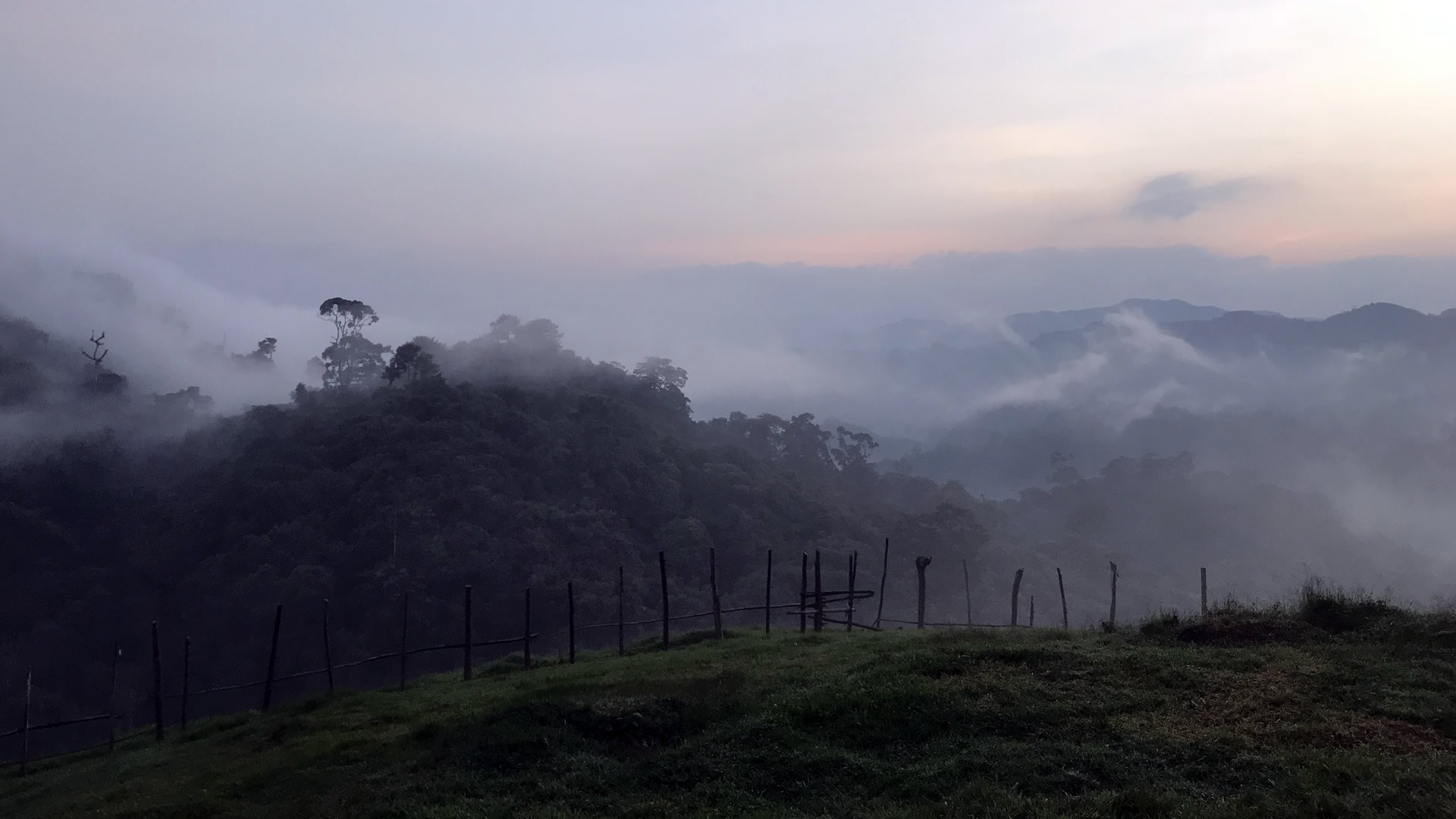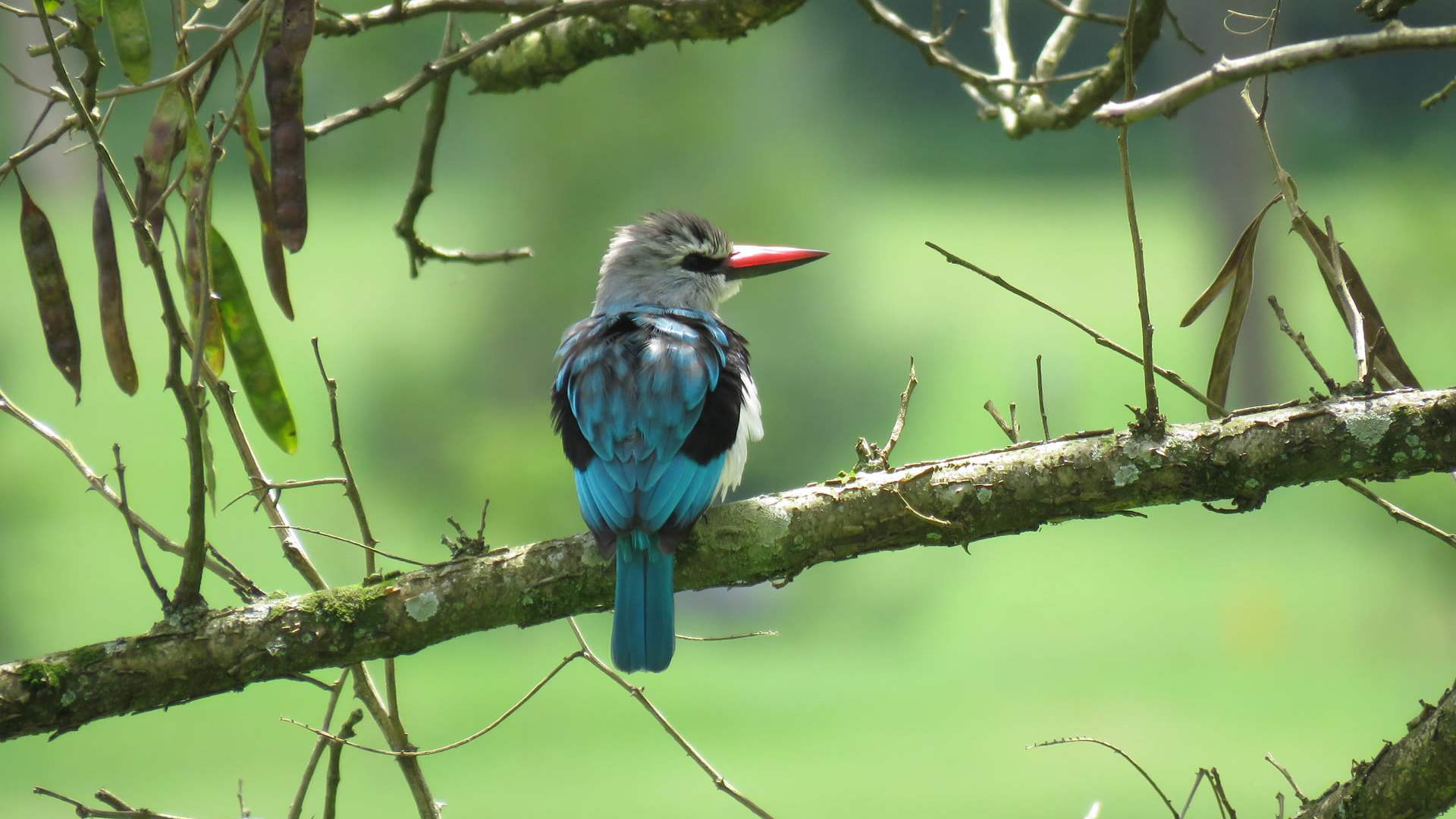Gishwati Mukura National Park
Rwanda’s fourth national park, Gishwati Mukura is made up of two separate forests – the larger Gishwati and small Mukura, forming a total of 34 square kilometers plus a buffer zone.
The forests sit on the ridge which divides the Congo and Nile water catchment areas, along the incredibly biodiverse Albertine Rift in the west of the country. It is made up of 60 species of tree, including indigenous hardwoods and bamboo.
Gishwati is home to a group of 20 chimpanzees which live alongside golden monkeys, L’Hoest’s and Blue Monkeys. Birds are well represented too, 232 species have been seen at Gishwati and 163 at Mukura, among them Albertine Rift Endemic species and forest specialists.
Activities in the park started in 2019 and include a guided nature hike, guided chimp and monkey tracking, bird watching and a visit to the waterfalls.
Gishwati Mukura National Park is one of the youngest national parks in Africa. On 1st of December 2020, Gishwati-Mukura National Park officially opened its doors to the public. Gishwati Mukura is now a National Park which means that parts of the vast montane forest that once stretched across much of central Africa now has permanent protection. The journey to save one of the last remaining central African montane rain forests of Gishwati Mukura has not come easy and there has been a long and hard journey leading up to the official opening of Gishwati Mukura National Park. Finally, visitors can now come and experience the forest the way it has been for thousands of years.
The forests of Gishwati Mukura National Park are a fragmented montane rainforest located in Rwanda’s Kivu Belt region. It is part of the Congo-Nile divide forest which originally stretched over the entire mountain range which divides the Congo Water Basin from the Nile Water Basin all the way from Congo to Burundi. Today’s remainders of these forest complex include Gishwati Forest, Mukura Forest and Nyungwe Forest National Park in Rwanda and Kibira National Park in Burundi.





